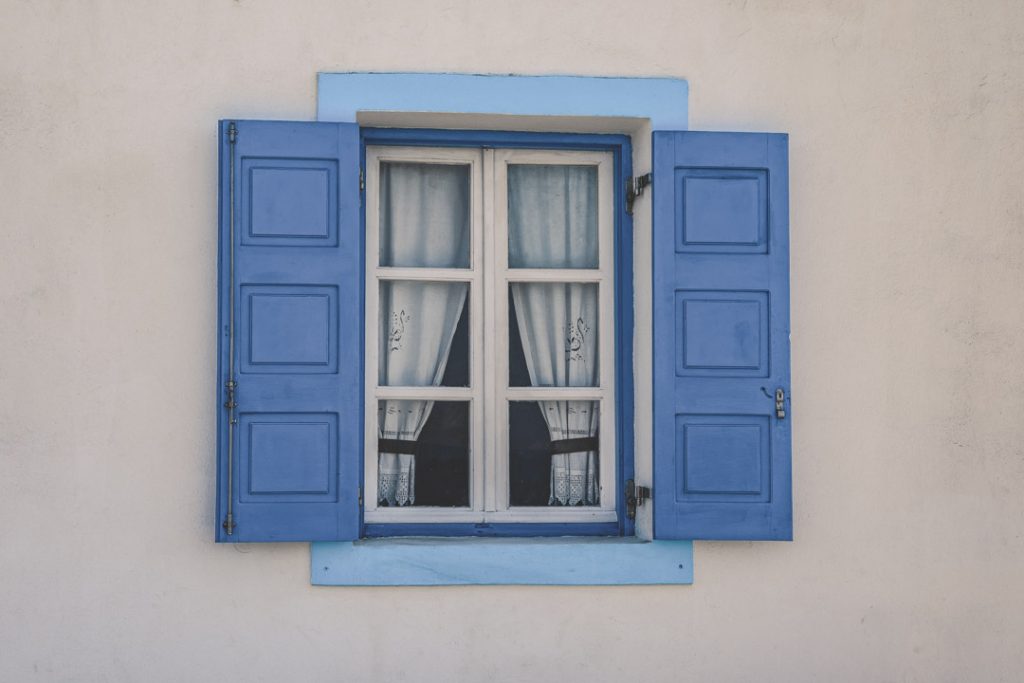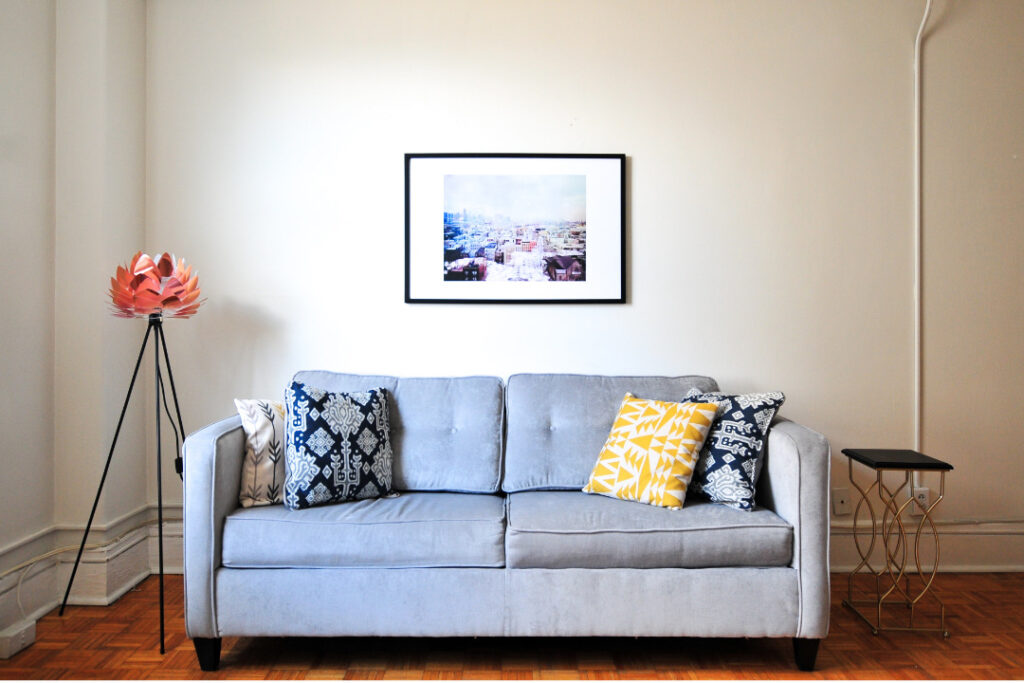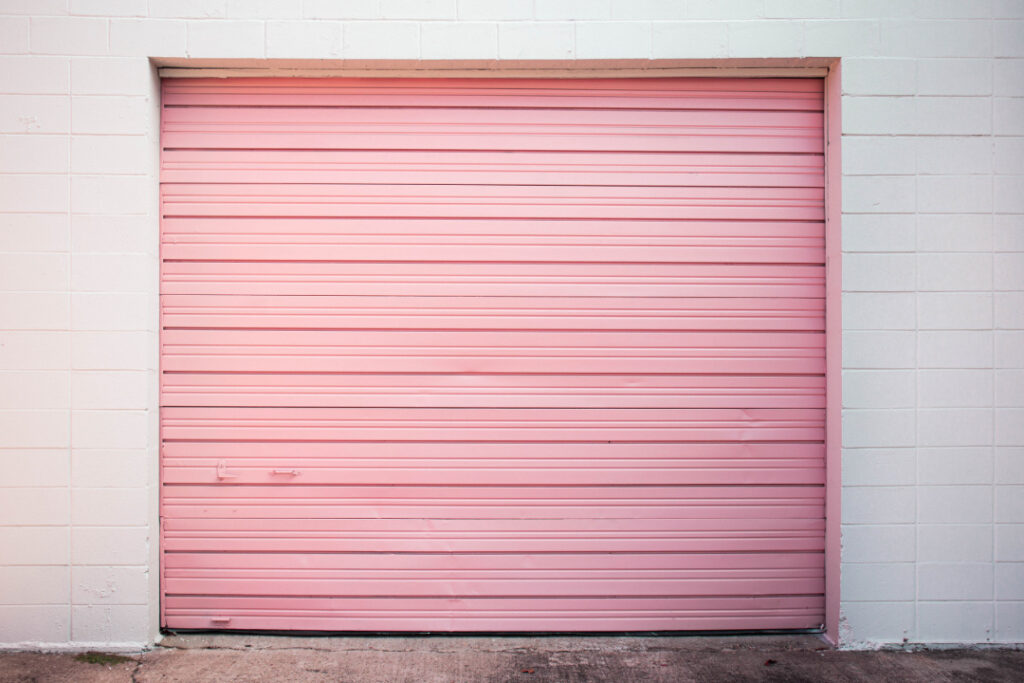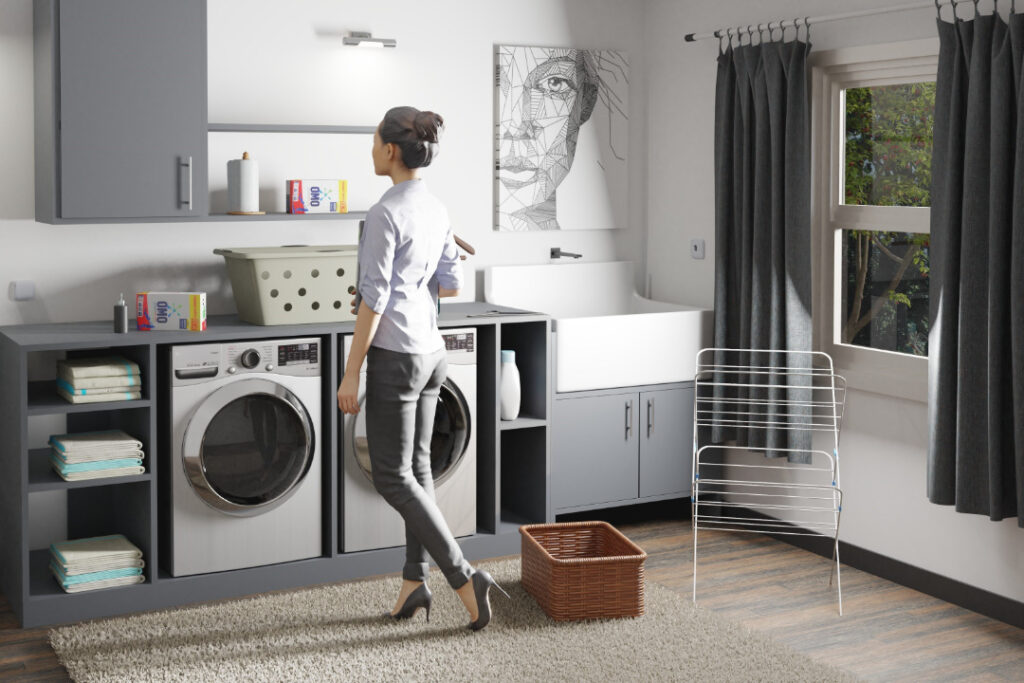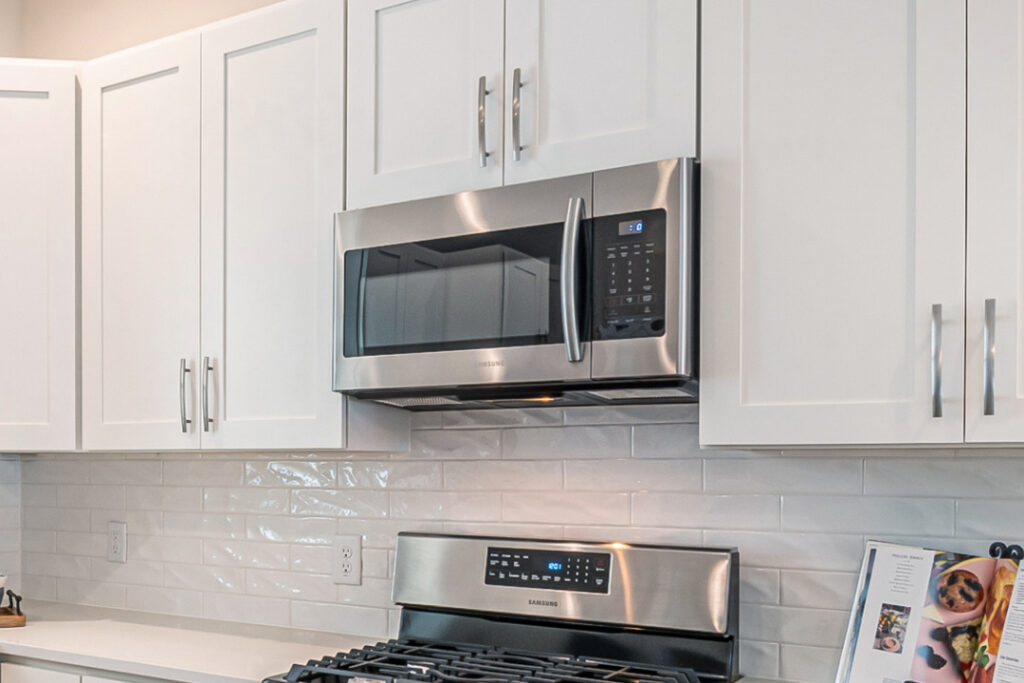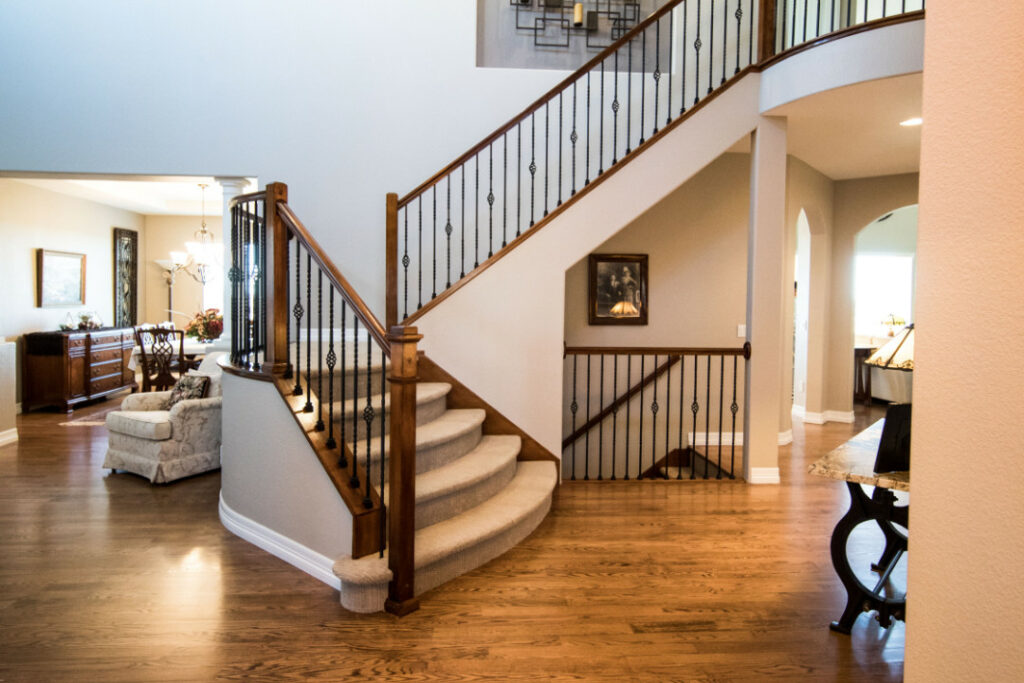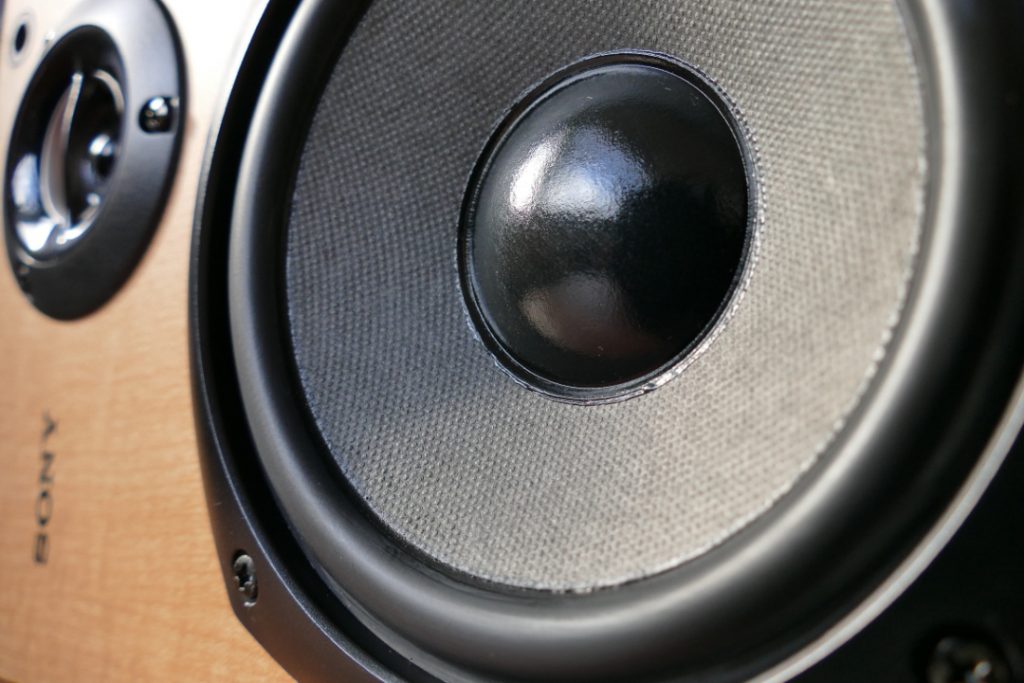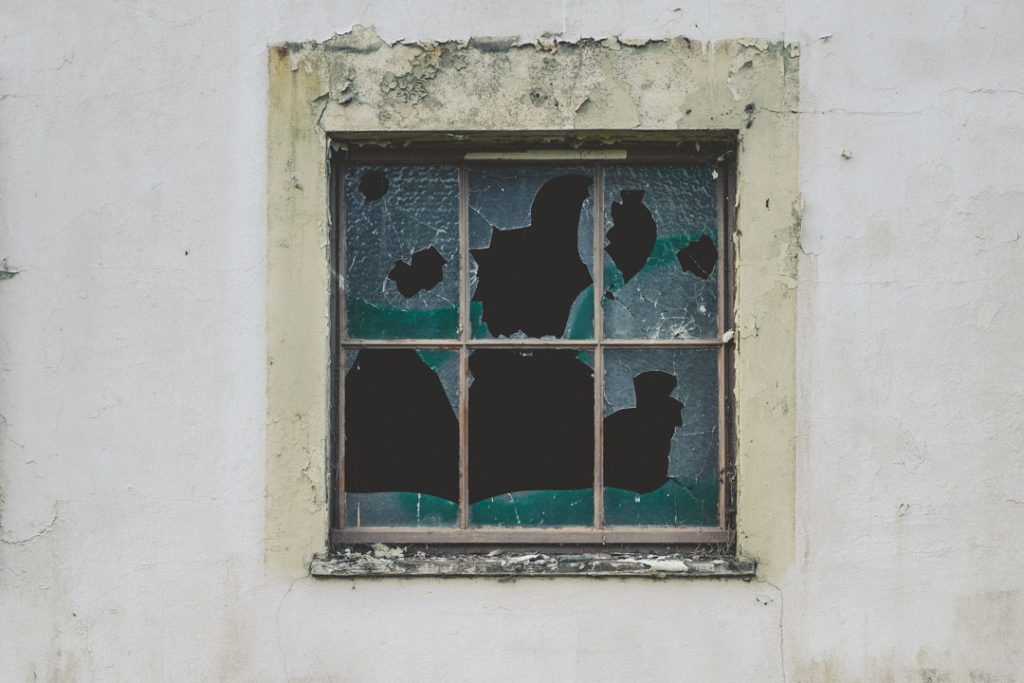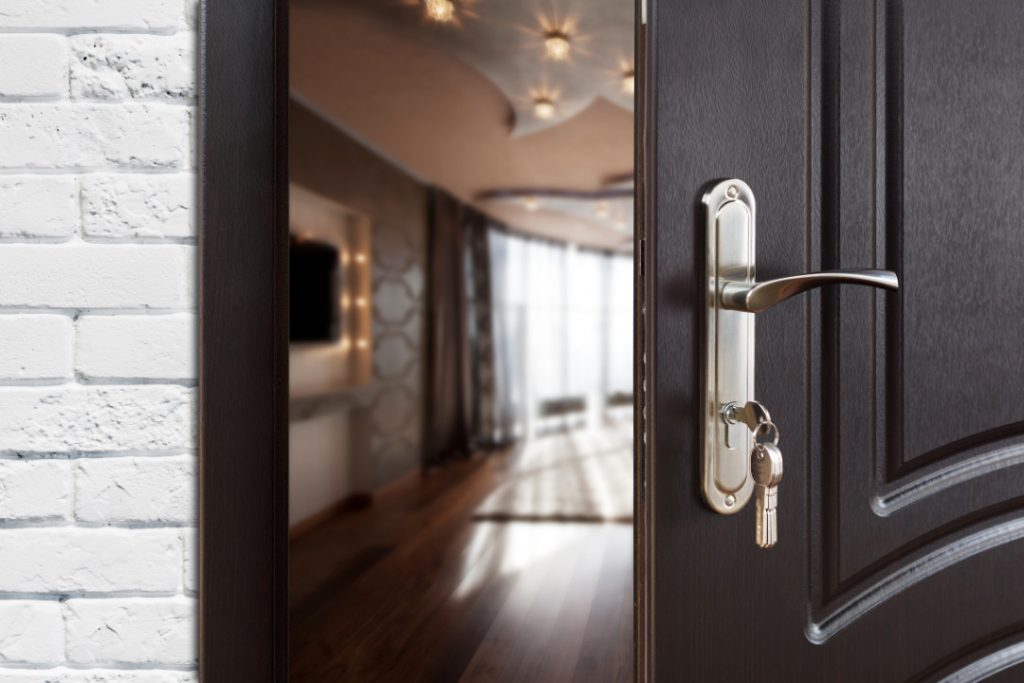- Why Soundproof Your Window?
- How To Soundproof Your Window From Traffic Noise
- Seal The Gaps Around The Windows
- Hang Soundproof Curtains
- Use Soundproof Blankets
- Use Thick Material Shades Or Blinds
- Rearrange Your Furniture
- Use Acoustic Panels
- Use An Extra Layer Of Glass On Your Window.
- Replace Single Pane With Double Pane Windows
- Install Window Inserts
- Final Thoughts
It’s tough having to deal with traffic noise in your living space.
Even though you might like the sound of traffic noise at 3 am when it is low intermittent and fast-paced, during the day, it’s different. You deal with high-pitched screeches, horns, loud motorcycles, garbage trucks and even people’s noise.
If all you want is to soundproof your window fully, then here we give you everything you need to get started.
Before we get started, keep in mind that unwanted noise also gets into your space through the walls, door, ceiling, and floor from neighbors. Soundproofing windows will only be effective if you soundproofed the whole room.
Traffic noise mostly gets in through openings like cracks, gaps, vents, etc. If you want a professional to help you uncover and fix all loopholes, hire a soundproofing company.
If you prefer doing it yourself, no problem, let’s get started.

Why Soundproof Your Window?
Traffic noise degrades the quality of your life. When you open your window, light, noise, dust and all other elements come into your living space. Noise makes it hard to concentrate on important things, which makes you struggle unnecessarily to accomplish easy tasks. You have to take intentional steps to soundproof windows and reduce the traffic noise coming into your room.
Soundproofing blocks traffic noise from entering your living space, and even if some of it comes in, it is significantly minimized and muffled. The goal is to reduce the traffic noise or make it less distractive.
When you soundproof windows, you eliminate echo and background noises. It creates a peaceful and calm environment right in the middle of a busy street. You can easily communicate in your house, sleep soundly, and forget the outside world when in your living space.
Soundproofing your window gives you control over noise in your living space.
How To Soundproof Your Window From Traffic Noise
You can reduce traffic noise pollution going through your window either by absorbing the noise or blocking the noise. Soundproofing materials block the traffic noise while sound absorption materials absorb noise. But as window manufacturers strive to improve their soundproofing materials, you will find soundproof materials that absorb and block traffic noise.
The gaps in your window are the first suspects of intruding noise. If it’s not the gaps, then it has to be the window itself. And if not the window, then the door or walls. Ultimately, you need to take a holistic approach to soundproof your room from traffic noise.
You can approach soundproofing your window externally or internally. You will need soundproofing materials, and we will show which ones.
Soundproofing materials block the noise from getting in through the window. Most soundproofing materials are also thermal insulating and light-blocking. But there are transparent soundproofing materials like soundproofing window inserts and storm windows.
Externally, you add soundproofing material on the outside of the window. Or you could build a rock wall (the thicker and taller it is, the better). Or you could plant a hedge. If you can’t grow one, you can buy an artificial hedge.
Internally, you seal off all gaps in the window and a layer of soundproofing material on the inner side of the window.
You will need to prioritize your choices. You can start with soundproofing the window facing the noisy traffic and use the most straightforward methods first.
Seal The Gaps Around The Windows
A primary step in soundproofing a window is sealing all gaps for an airtight seal. Find and fix all gaps in your window frame, like the gap where the window frame fits the wall. If you can’t spot any gaps, it’s a safe bet to seal all around the window frame. As you fix the cracks in your window, also inspect your wall for gaps and fix them. Also, add a heavy sound-dampening rug under the door. The process is called weatherstripping.
What sealants do we use for sealing gaps in the window frame?
You have several options:
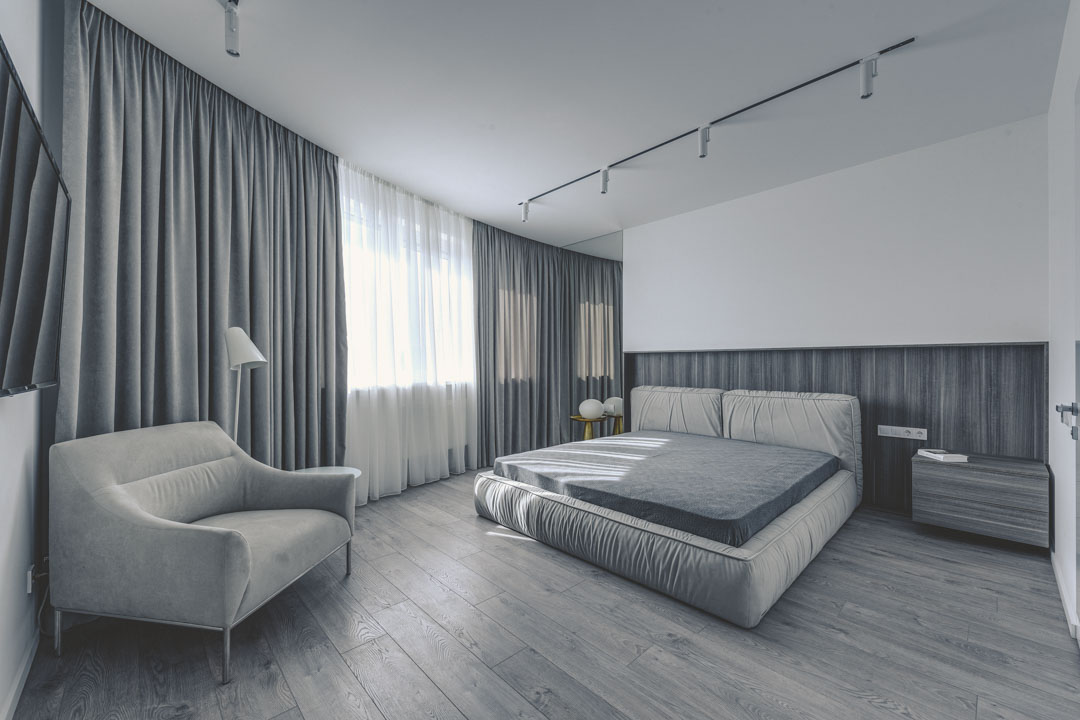
Hang Soundproof Curtains
After weatherstripping, it’s time to switch to noise-canceling curtains. Noise-canceling curtains do not stop all the traffic noise from coming to your space, but they will absorb about 75% of it. Soundproof curtains are dense with more fabric to absorb most sound vibrations.
Keep in mind that sound-dampening heavy curtains also block out light. Soundproof curtains are large and thickened with material like vinyl for maximum sound absorption. Get one that covers from the ceiling to the floor and stretches a little further than the length of your window for full coverage.
You can also hang your heavy towel or blanket over the window to block traffic noise.
Use Soundproof Blankets
Soundproof blankets are thick and heavy blankets that you hang over your window to absorb noise. As the traffic noise goes through the heavy fabric, most of it will get lost in the fabric layers.
You can hang your soundproof blankets over the window and the entire wall. Most soundproof blankets come with a means for hanging. But you can as well screw them to the wall.
Moving blankets will also absorb some amount of traffic noise but not as good as the soundproof blankets.
Excellent soundproof blankets have the best soundproof material, mass-loaded vinyl (MLV). When buying your soundproof blanket, check that the STC (Sound Transmission Class) rating is above 45. You can also hang these soundproof blankets over your door or the entire wall.
One thing to beware of soundproof curtains and blankets is the condensation effect. When these heavy fabrics trap air between the fabric and your window, the air condenses. The water drops can end up rotting your window frame if it’s wooden. You can prevent condensation by opening your window regularly or investing in a dehumidifier.
Use Thick Material Shades Or Blinds
You can also add thick material shades or soundproof blinds. Soundproof blinds are made with materials like wood or vinyl.
The best soundproof blinds are honeycomb cell blinds. The hexagon honeycomb design improves the sound absorption capacity immensely as it traps more air. When more air is trapped between two sheets of material, it increases the sound absorption capacity. Another excellent insulator is wood, which is why hardcore wooden doors and shutters dampen sound effectively.

Rearrange Your Furniture
Another hack for soundproofing your room from traffic noise is creating a solid mass next to the wall closest to the traffic. Place your bulk furniture like your wardrobe or cupboard or couch next to the wall facing the traffic. When traffic sound waves go through the mass of furniture, most of it is reduced. If you already have soundproof curtains and blinds, very little noise will get past the furniture.
Use Acoustic Panels
Acoustic panels (or sound absorption panels) eliminate echo and absorb most of the traffic noise. You can hang them on the wall and ceiling. Acoustic panels are made with wood and encapsulated with sound absorption material like fiberglass or acoustic foam.
The higher the traffic noise transmission, the thicker you want your acoustic panels. Fasten your thick acoustic panels to the wall using eyelets and zip-ties, which create an air space between the panel and the wall. Air is an excellent sound insulator.
Light acoustic panels can easily stick on the wall using a strong adhesive.
Use An Extra Layer Of Glass On Your Window.
Adding an extra layer of glass creates air space between the two glass panes—the more the air between glass panes, the better the sound insulation. Add the layer of glass to the inside of your window or outside. Storm windows work perfectly for adding layers of glass.
Storm windows easily fit over your existing window. Even if you want to add a third glass pane, it will improve the sound insulation. But having a third glass pane demands even more window frame space.
Replace Single Pane With Double Pane Windows
Single pane windows offer no sound insulation. If you would rather not add a storm window to your window, you can replace the single window pane with a double-pane window.
Double pane windows have air trapped between them to increase their sound insulation. For best soundproofing results, use acoustic grade glass for your new double-pane windows.
Acoustic grade glass has acoustic resin places between two sheets of glass to dampen the sound even further. It is the best way to soundproof your window from very noisy traffic. It is also the most expensive.
A cost-effective alternative is laminated glass. Laminated glass has a clear plastic placed between two sheets of glass. The plastic, polyvinyl butyral (PVB) dampens sound as it travels through the glass. It also keeps the glass from shattering if it breaks.
Install Window Inserts
Acoustic window inserts are excellent at killing traffic noise pollution before it enters your space. You can easily place a noise-reducing window insert on your current single-pane window. But make sure to leave some space (about 5 inches) between the windowpane and the window insert. The more space you leave, the more you improve the soundproofing. It works much like a double pane window.
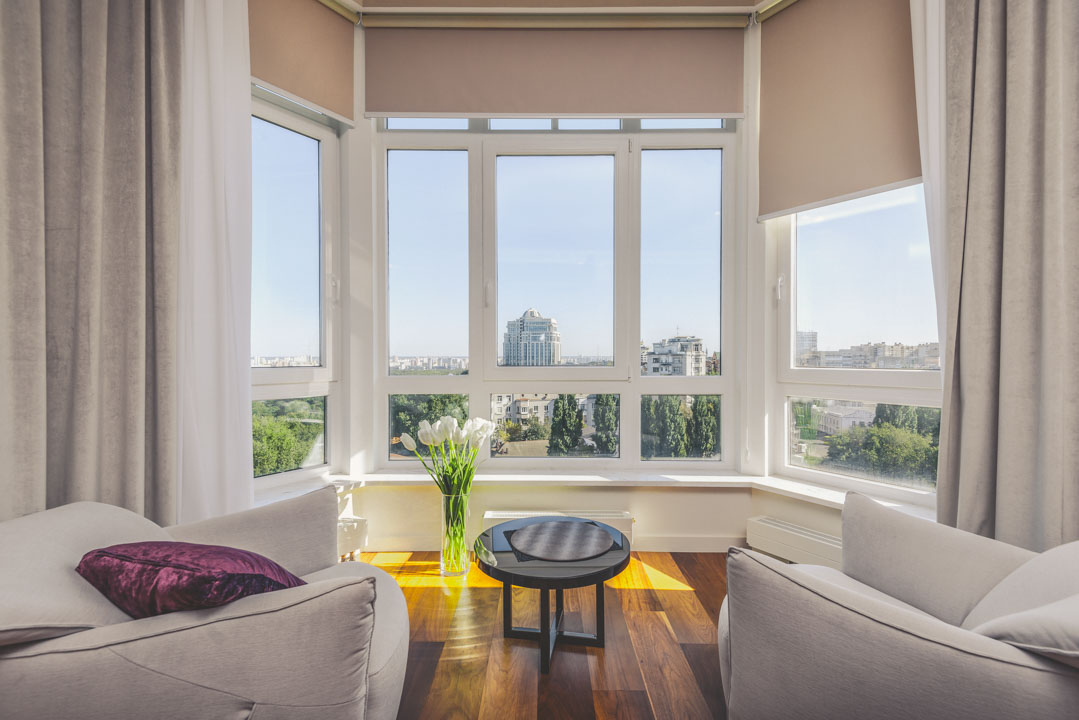
Final Thoughts
The highway is never silent. When soundproofing your window, either use dense and thick materials to dampen sound or create an air space in the window to kill the sound.
For best window soundproofing results, either upgrade to an acoustic grade glass double-pane or use a combination of the soundproofing methods mentioned above.
When working with a limited budget, prioritize the window that is directly facing the traffic noise. Even as you soundproof your window, also soundproof the rest of your room for maximum soundproofing.
If you can’t soundproof traffic noise, you can block it out using noise-canceling earplugs. Or, you could replace the traffic noise with white noise. The sound of your fan efficiently works as a white noise solution. You can as well download white noise audio tracks or buy a white noise machine.
If traffic noise keeps you awake at night, you can switch to another bedroom far from the traffic noise or move your mattress to another room whenever you are sleeping. If moving a bulky mattress up and down is depressing, you could buy a spare auto inflating mattress to use in other rooms.
Latest Soundproofing Tips
How To Soundproof A Room For Drums?
How To Make A Room Soundproof From Outside Noise
how to make a room soundproof from outside noise. If you live in an apartment…
How To Quiet a Garage Door (6ways)
How To Soundproof A Laundry Room
If you’re like many people, your laundry room is in the basement. And if you’re…
How To Silence A Microwave: A Guide
We’ve all been there. You’re in the middle of microwaving something, and suddenly, you hear…
How To Soundproof Stairs
How to soundproof stairs. You may have heard “soundproofing” before, but what exactly is it?…

